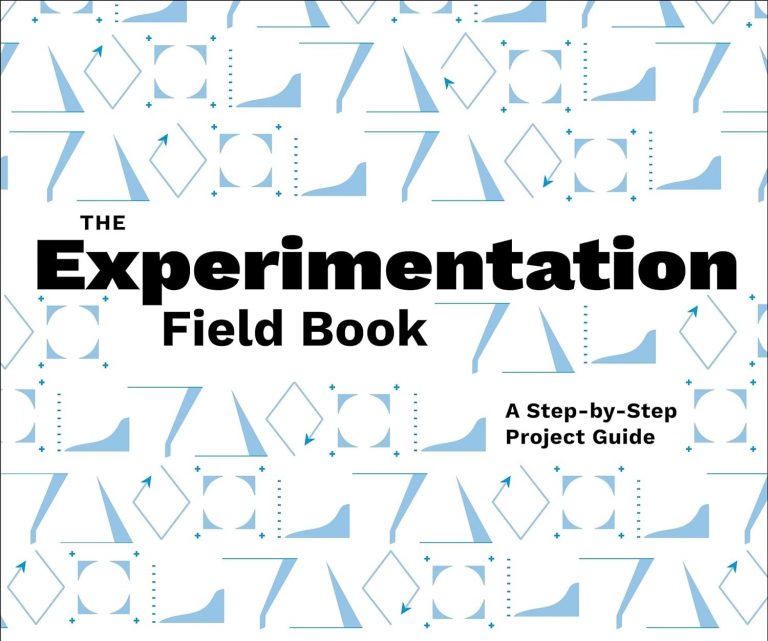Service design is simple. It’s all about three things.
Develop Compelling User Benefits. Understand what type of benefit/value a service innovation can provide. Is this innovation an important core benefit or a new way of delivering an existing benefit? Examples: Cirque du Soleil (new core benefit), Netflix mail order DVD rental (new benefit), Blockbuster’s self-destruct DVD in 48 hours (new benefit), Ford’s latest use of radar-based active safety technology linked to satellite (new benefit).
Optimize based the separability of the service. Is this innovation for a service that is produced and consumed simultaneously? Examples: Telemedicine (create separable services), Blackberry (mostly inseparable services), Enterprise Car Rental (create inseparable services) or iTunes (create inseparable services).
Model the service economics and making trade-offs. Customers are expensive. Dealing with them cost money. Putting them through a speech recognition application to offload calls save money but lower the quality of the experience. Each year, call centers implement new technologies that can take over the functions previously handled by people. Why then are customers so unhappy, if we expect call centers to implement technology that will make customers happy and provide them faster service? Simple, because technology does not equal quality customer service.





Hmm. This doesn’t sound that simple at all! I love Idriss as a provocateur, but when it comes to handing out the advice he’s pretty muddled. He claims service designers have the answers, but then states that “the essence of design still lies in the quest for aesthetic, functional as well as sensorial experiences that appeal to and help societies. To design is to make the problem-solving a matter of the heart as much as rationality.” In my experience, making decisions and designing services based on what my heart tells me is an emotional, difficult experience, and one that’s hard to sell to clients!